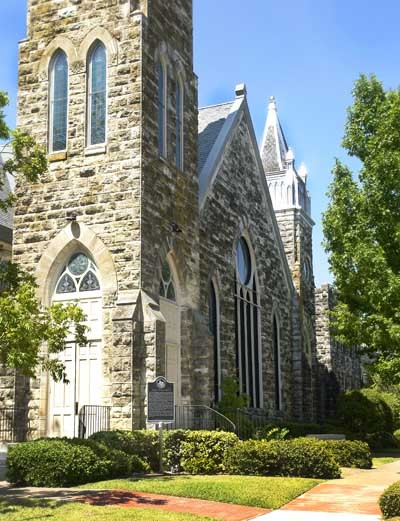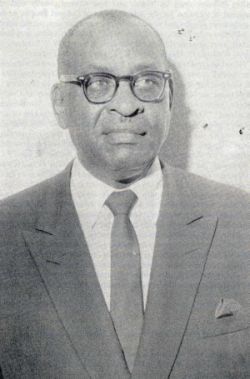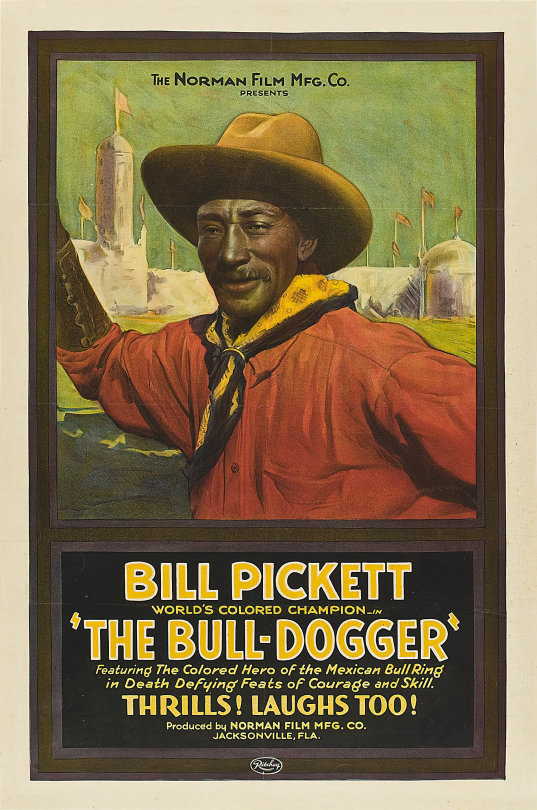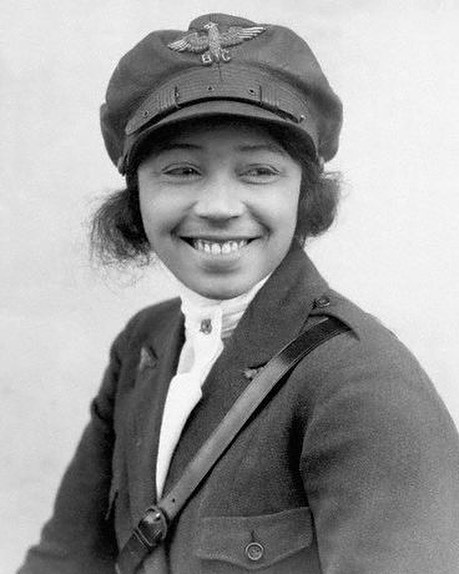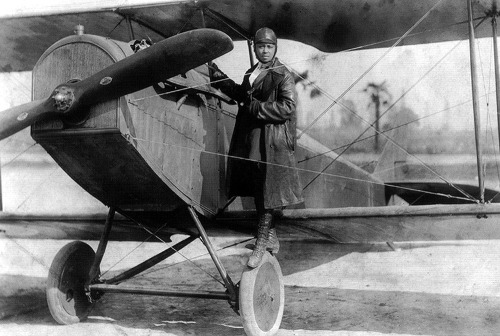The current Capitol in Austin has stood for more than 130 years and has seen its share of controversies, including one before it was officially opened. The construction of the Capitol sparked a boycott and a national conversation on the use of contract labor.

How to Build a Capitol with No Money
In the late 1800s, Texas was out growing its Capitol, but had little ready cash. When the 1876 Constitution was written, an article was included that set aside 3 million acres in the Texas Panhandle to be used to fund the new Capitol. However, it lay unused until a fire destroyed the Capitol in 1881. At that point, the legislature found some investors, calling themselves the Capitol Syndicate, who agreed to take the land in trade for constructing the Capitol. By 1885, the Capitol Syndicate realized that the land was not nearly as profitable as they had hoped and they needed a way to bring down the cost of construction. The legislature agreed to let them use convict labor from Texas prisons.

Black Convict Labor
The 1880s were well into the Jim Crow era in Texas. One of the hallmarks of the Jim Crow era were laws that disproportionately punished African Americans and a justice system that did not really care if African Americans brought before the court were innocent or guilty. This led to a large population of incarcerated African American men, and it was these men that were leased to the Capitol Syndicate for work on the new capitol. Much of the South was using convict labor to replace the enslaved labor that had been used prior to the Civil War, sometimes with African Americans forced to work the same plantations they had formerly been enslaved at. The Capitol syndicate paid $0.65 per day per convict to the state to cover room and board. These men were used as stone cutters for the limestone and granite and constructed the railroad to take the granite to the building site. The local mason’s union was not happy.

The Boycott
The masons in Texas decided to boycott the Capitol building project. They felt that the use of unskilled convict labor denigrated their profession and depressed their wages. A notice circulated in Austin saying “Granite cutters of America, show this Great-I-Am, Gus Wilkie, and his Chicago syndicate, that free men will not submit to the introduction of slavery into our trade under the guise of contract convict labor, and that you will not teach convicts our trade to enrich these schemers, who care for nothing but the almighty dollar, and now seek to degrade our trade to fill their own pockets.” The masons refused to work on the Capitol unless they stopped using convict labor to quarry the stone. The subcontractor, Gus Wilkie, refused. However, the project still needed skilled masons. Wilkie sent George Berry to Scotland and to recruit stonemasons to bring back to Texas. The local masons caught wind of this and jumped into action. A law had been passed in 1885 forbidding bringing in immigrants to perform contract labor and Wilkie was about to break it. They sent union representatives to meet Berry in New York and he was brought before US District Attorney, who questioned him about the 86 men and could find no proof of wrong doing and release him. Meanwhile, the union representatives talked with the workers and found that each had a contract from Berry, in clear violation of law. Many of these workers refused to continue with the project and helped to provide the proof the US District Attorney needed. However, another boat of 62 men were on their way from Scotland, headed for Galveston. Union representatives were sent to meet the men in New York and Galveston, but the Scottish masons were unloaded in Virginia, then sent the rest of the way to Austin by rail. In July 1886, the US District Attorney filed charges against Gus Wilkie and the members of the Capitol syndicate, but, while the case wound its way through the courts, the work on the capitol continued apace, with the Scottish masons overseeing the African American convict laborers.
Continuing the Fight
It took several years for the lawsuit to finally bear fruit, and it wasn’t necessarily the fruit the masons had wanted. Only Gus Wilkie was charged for the illegal strike breakers, and he was fined $1,000 per worker – for a total of $64,000. Wilkie appealed the decision to President Harrison and, despite the pleas of the union, Harrison reduced the fine to $8,000. The US National Union exacted their own payment, requiring Wilkie to pay them $500 before they would allow union masons to work on any project he was involved in, while the International Union required $500 to remove his name from blacklisting. But during that time, the case sparked a national debate on contract labor. Meanwhile, convict labor is still widely used in Texas, though opponents continue to lobby strongly against its use, or, if it is used, for a fair wage and good working conditions for the workers.







